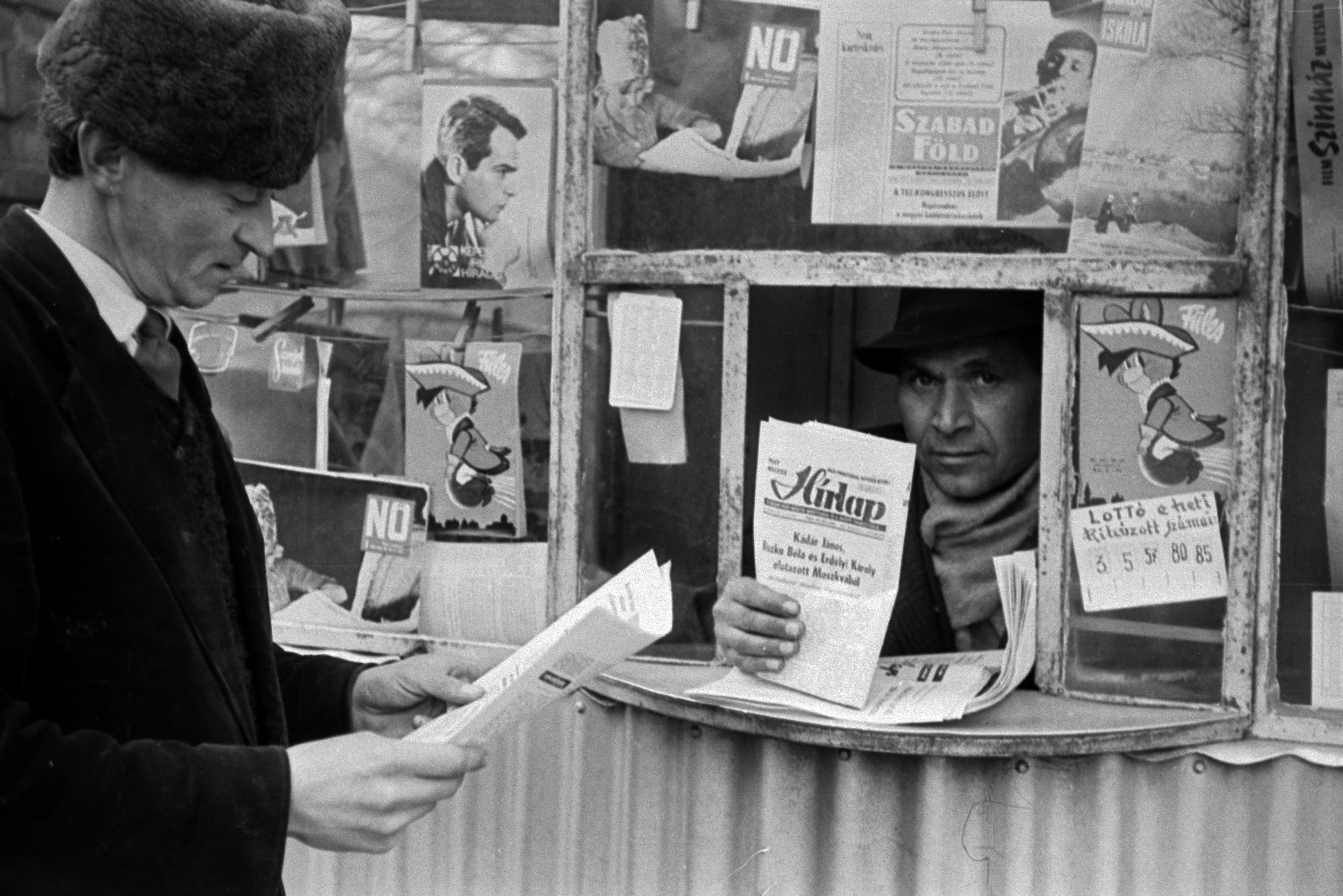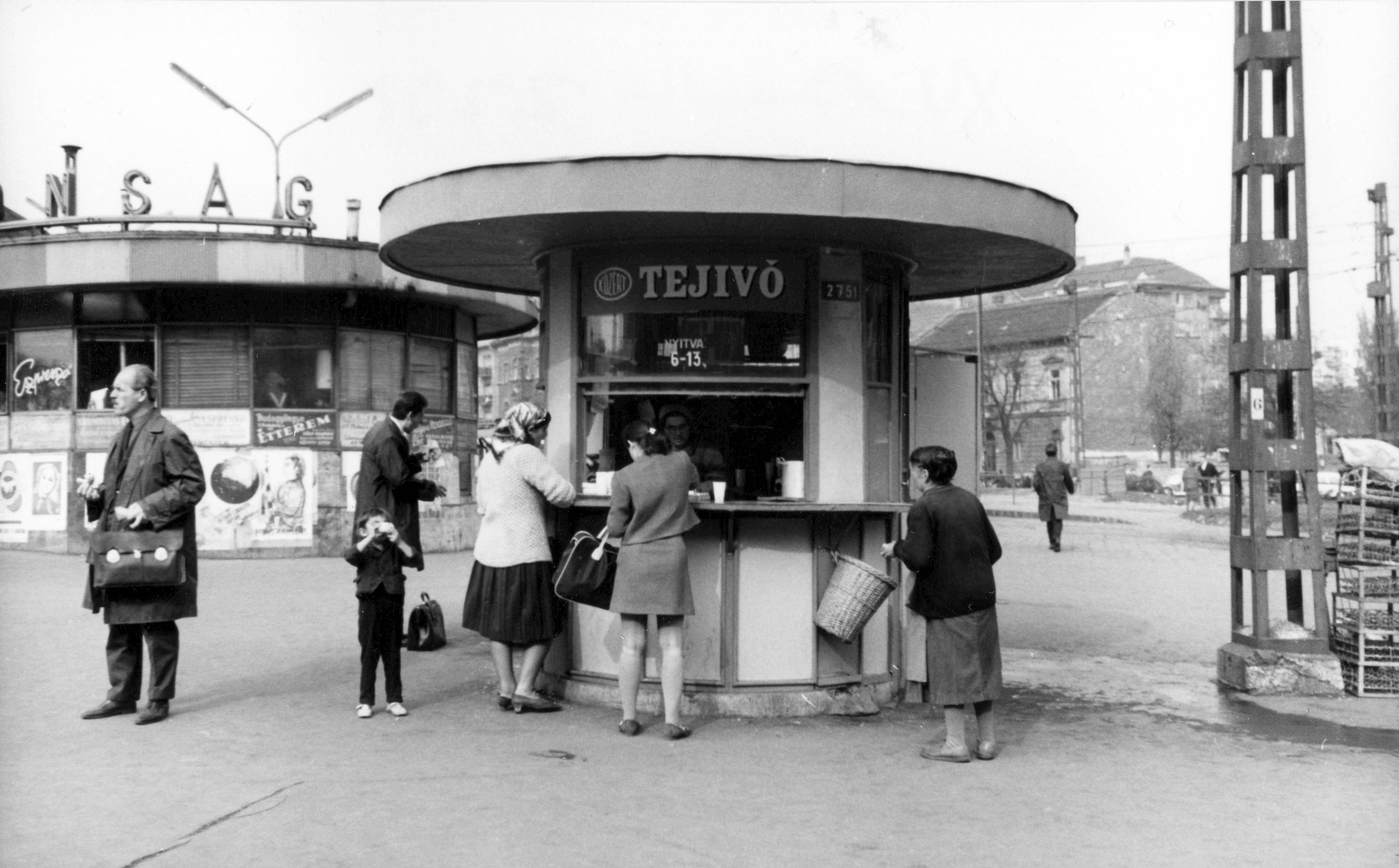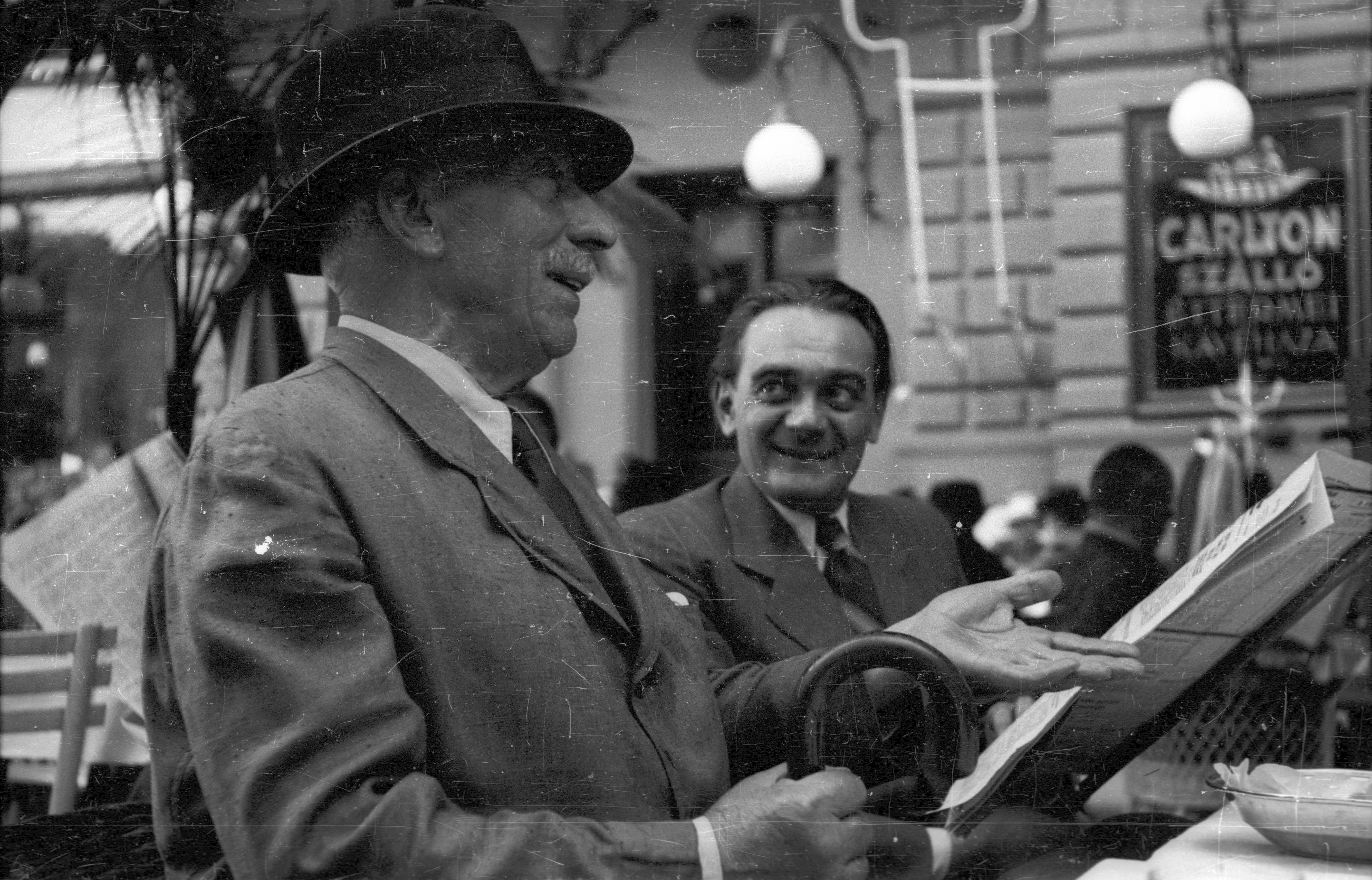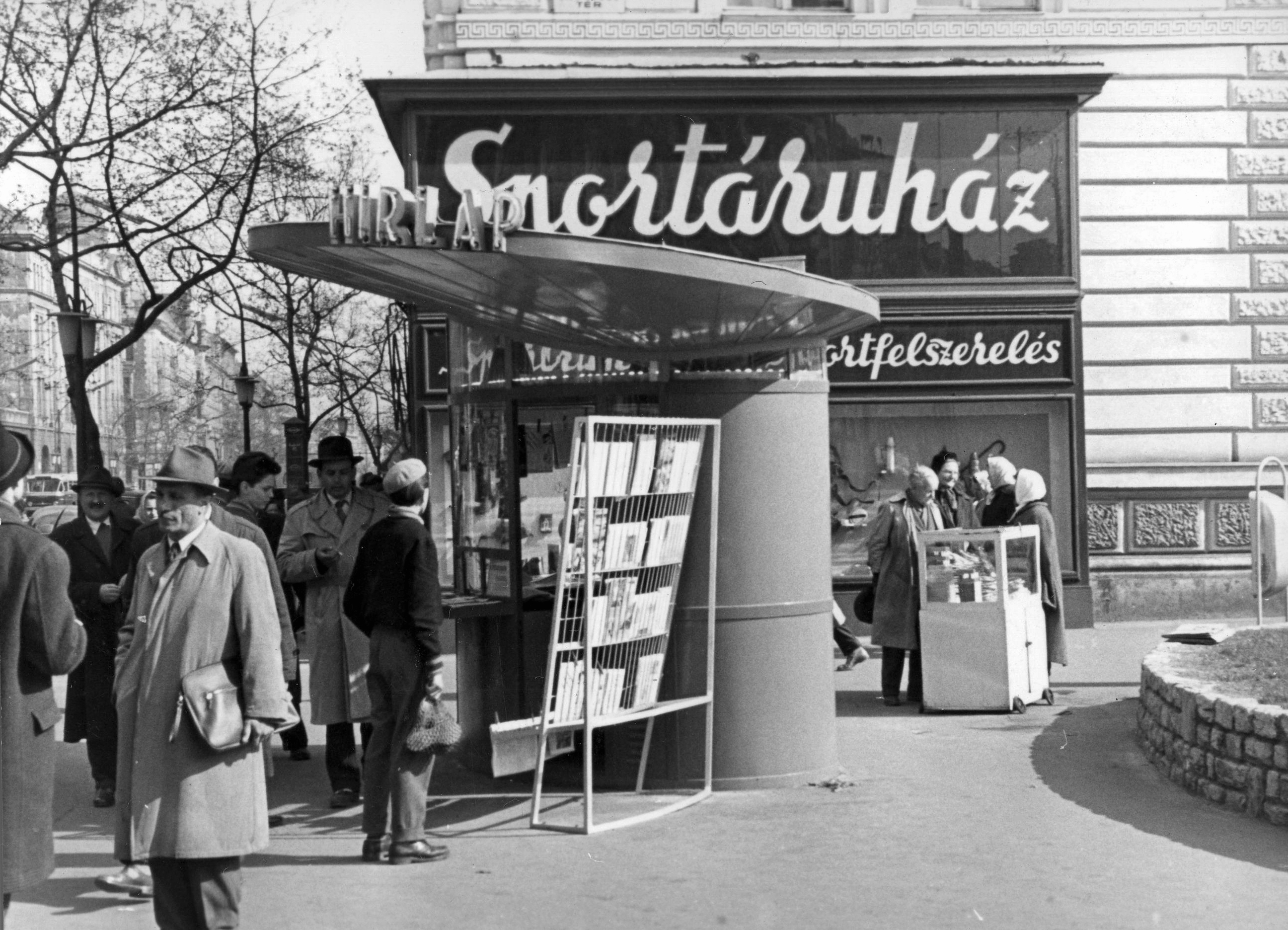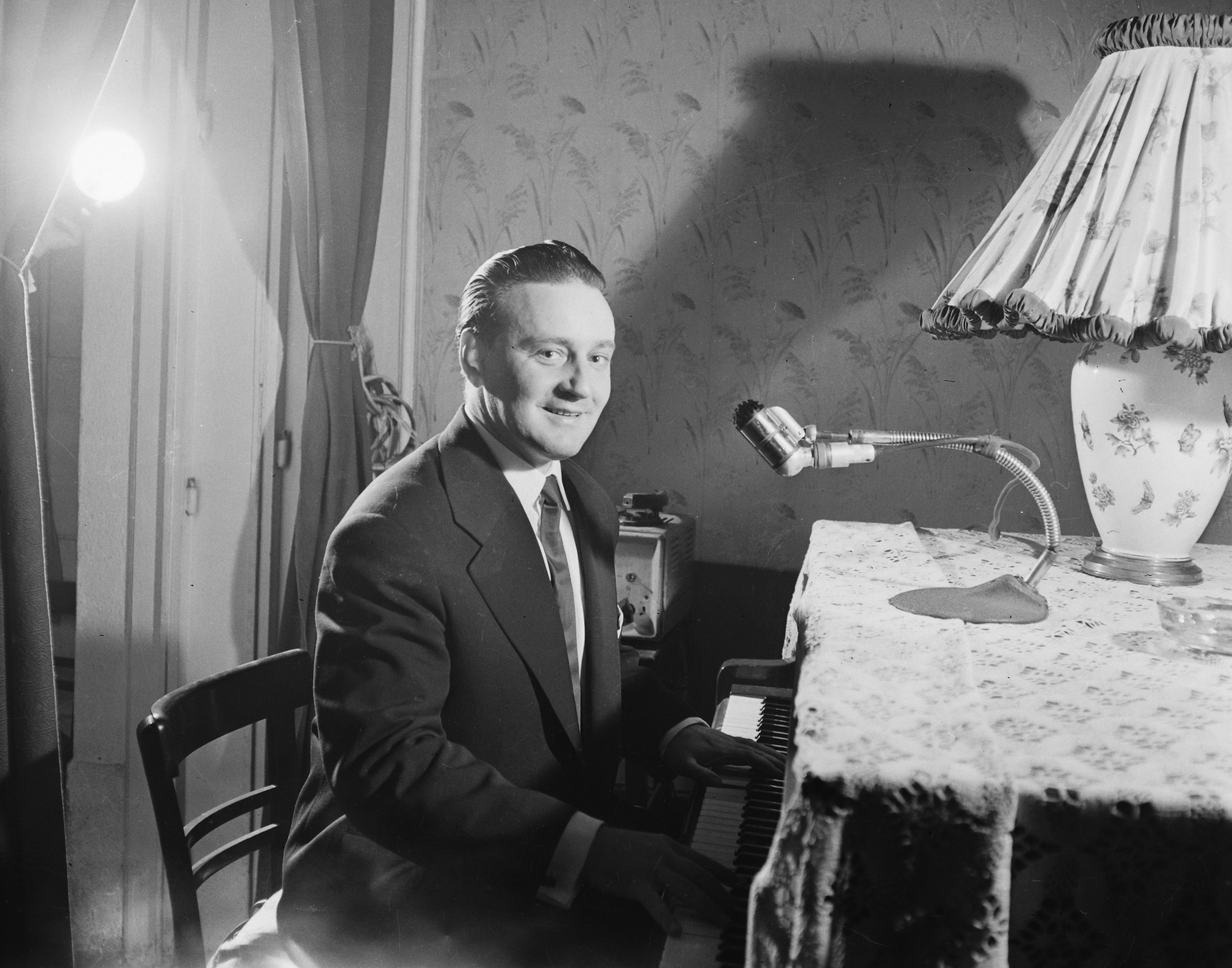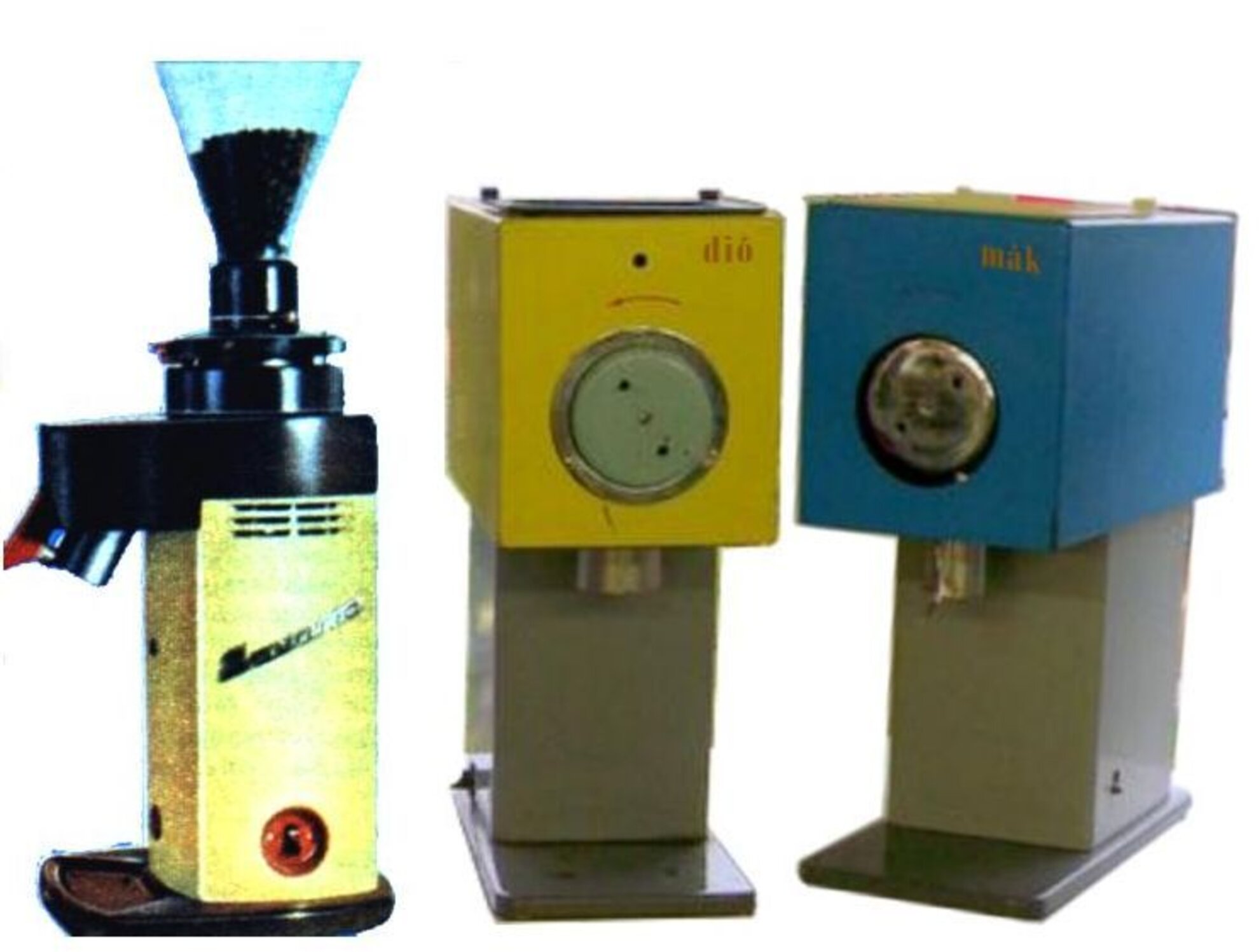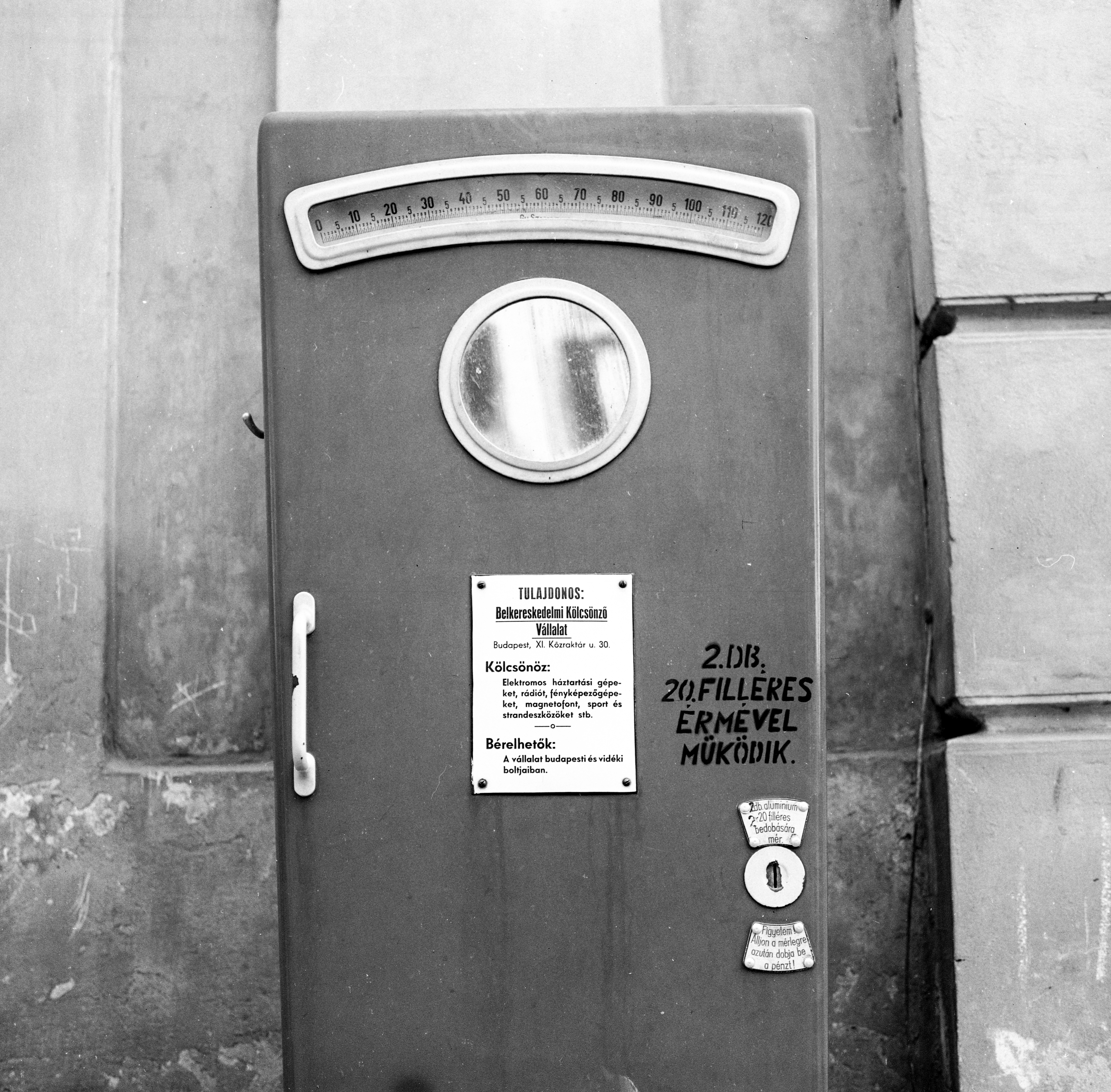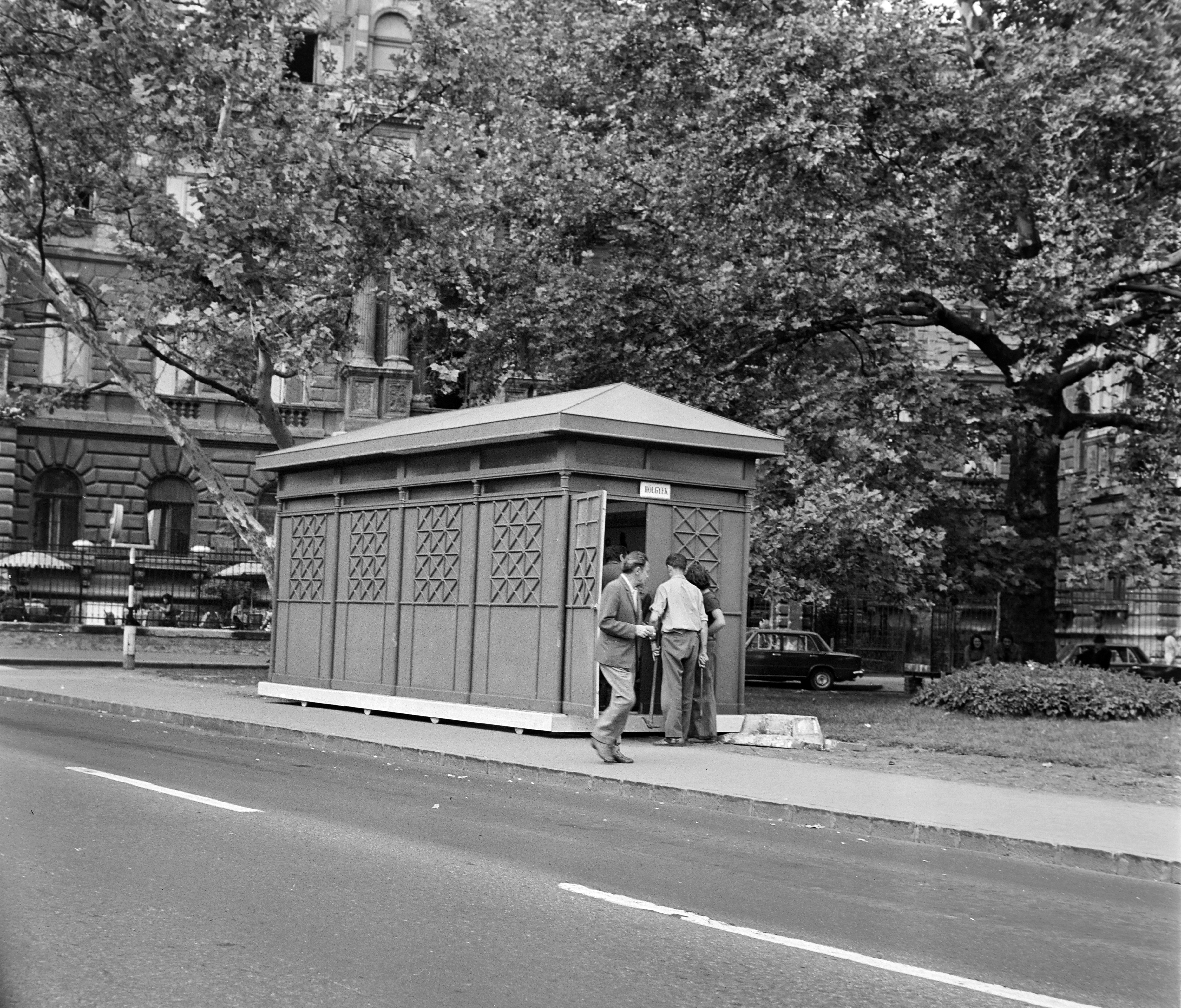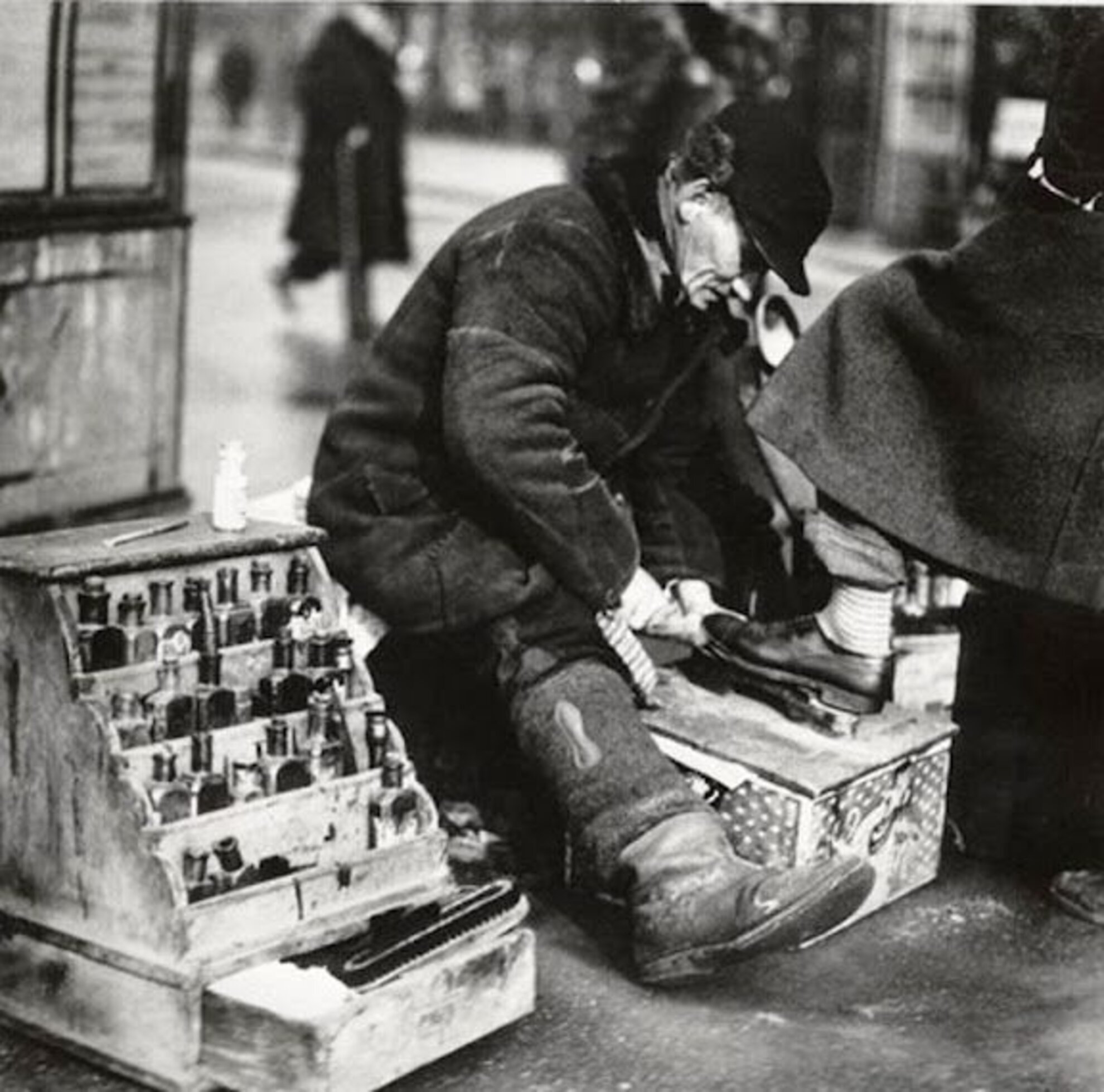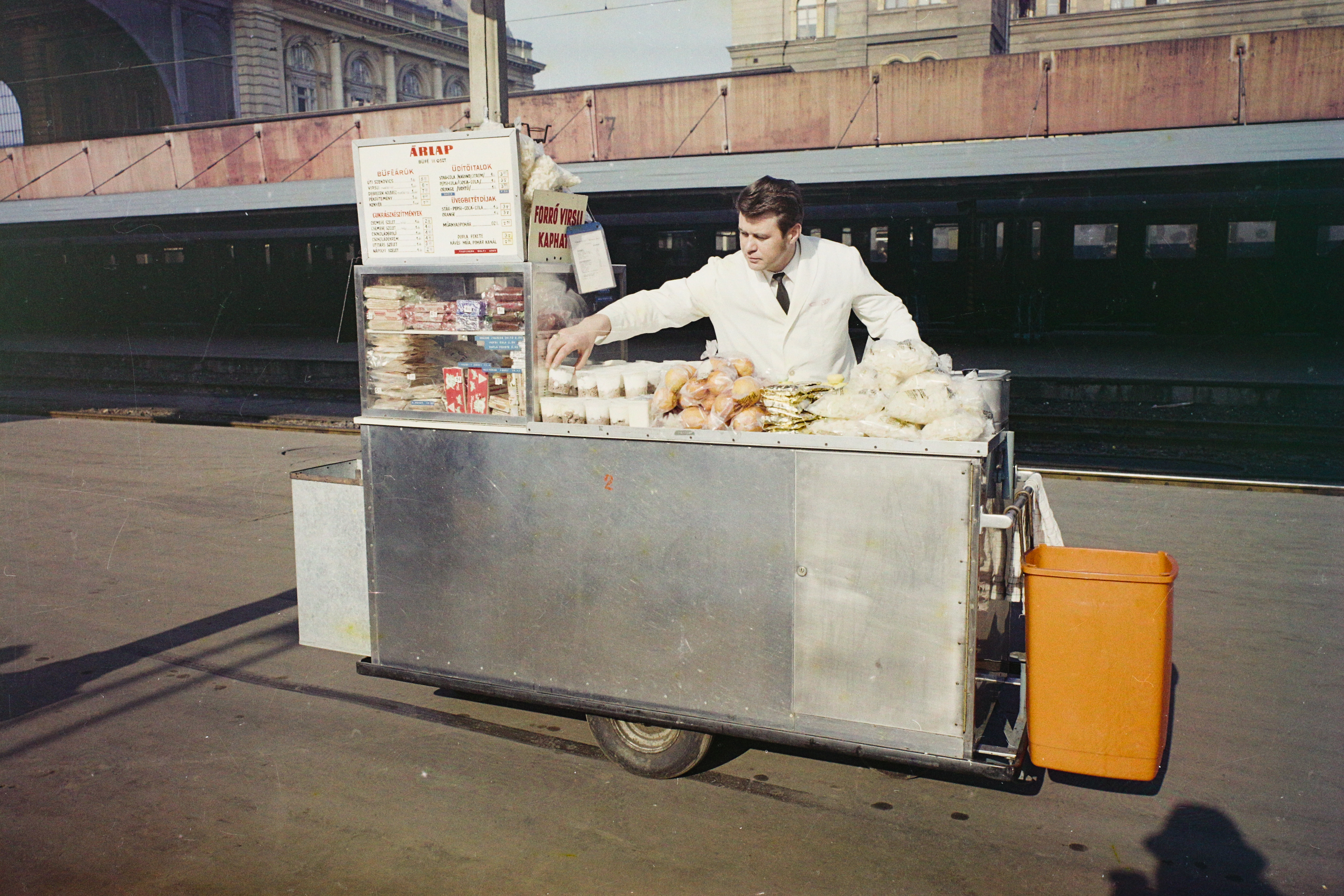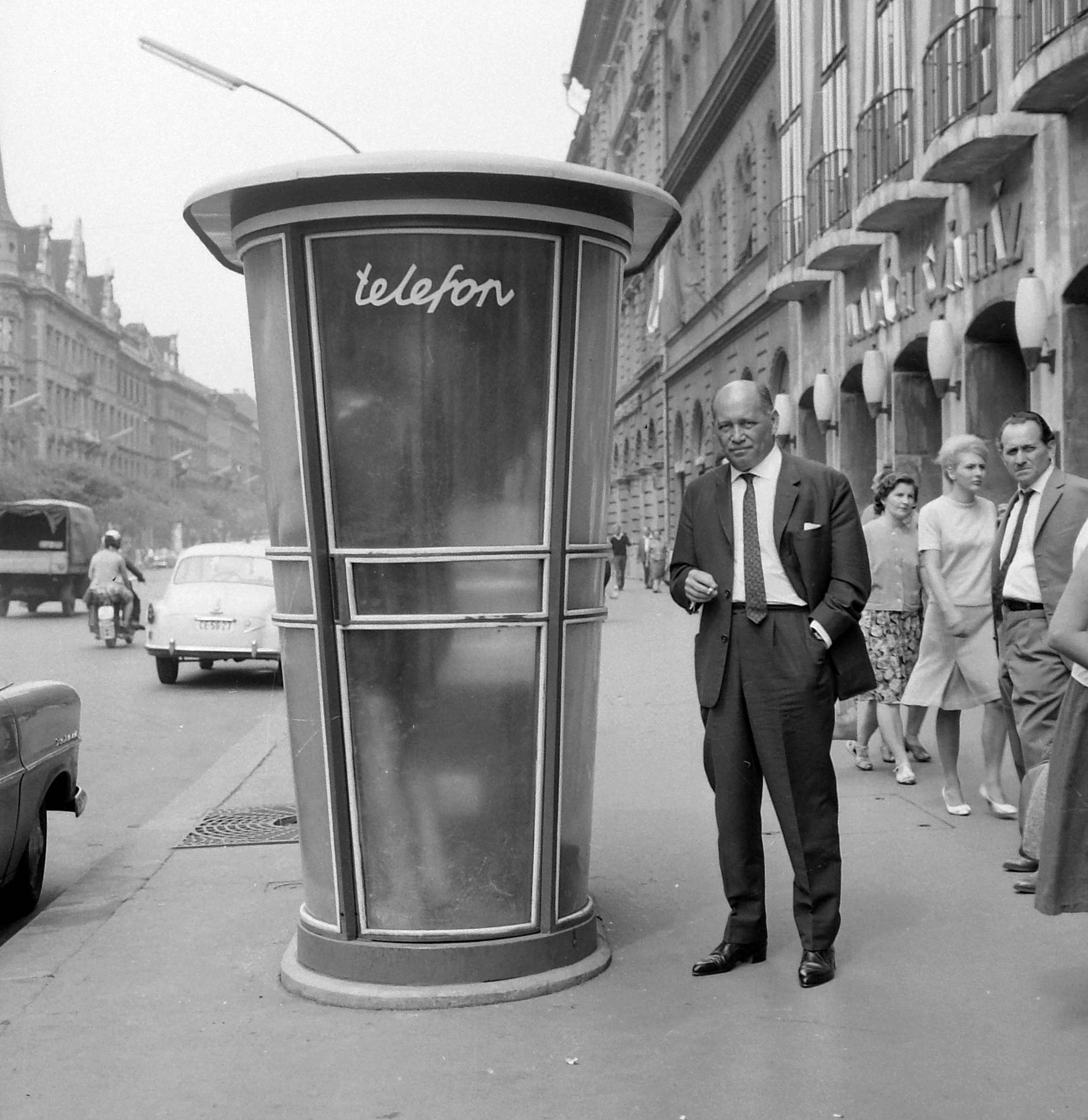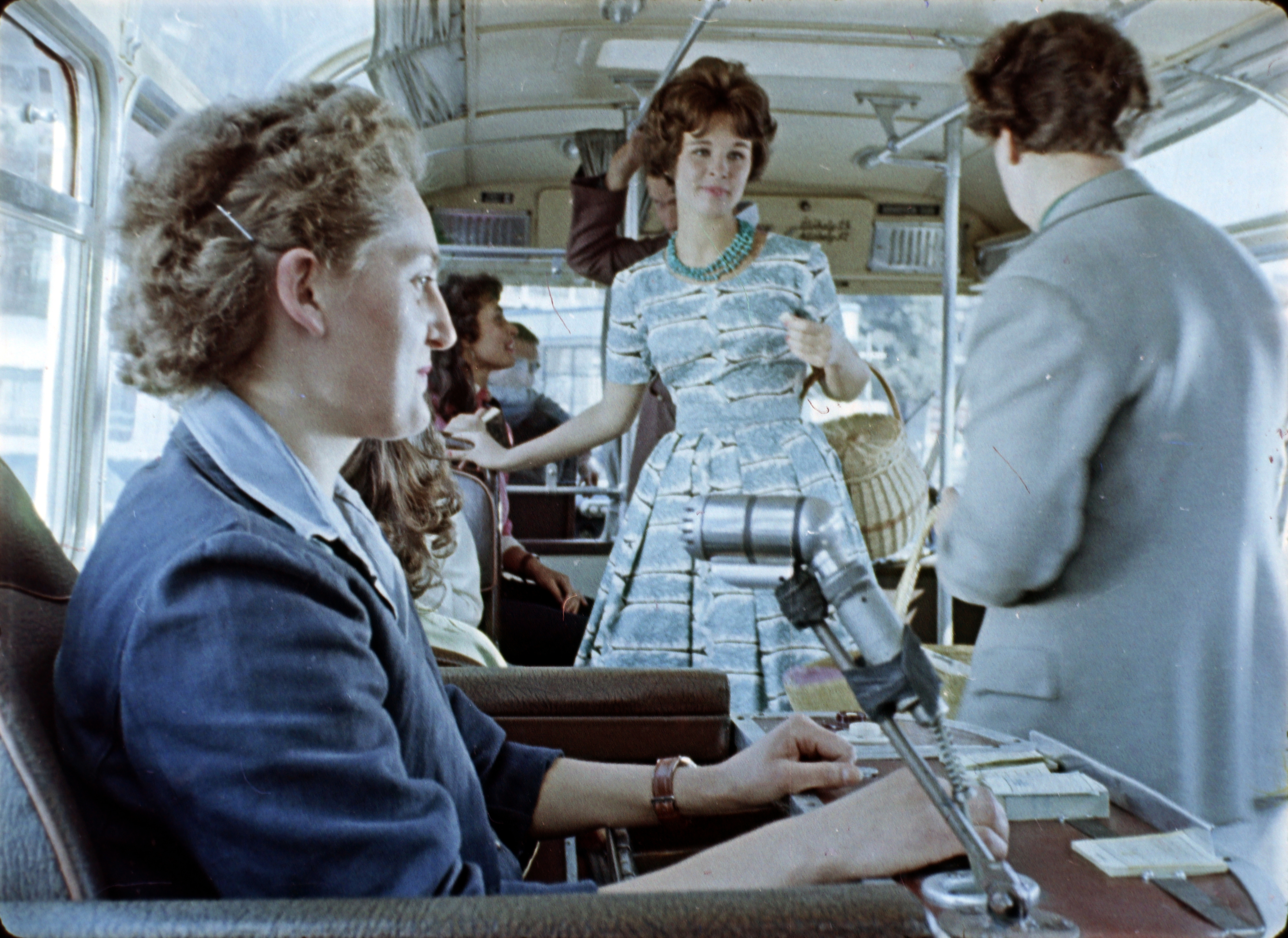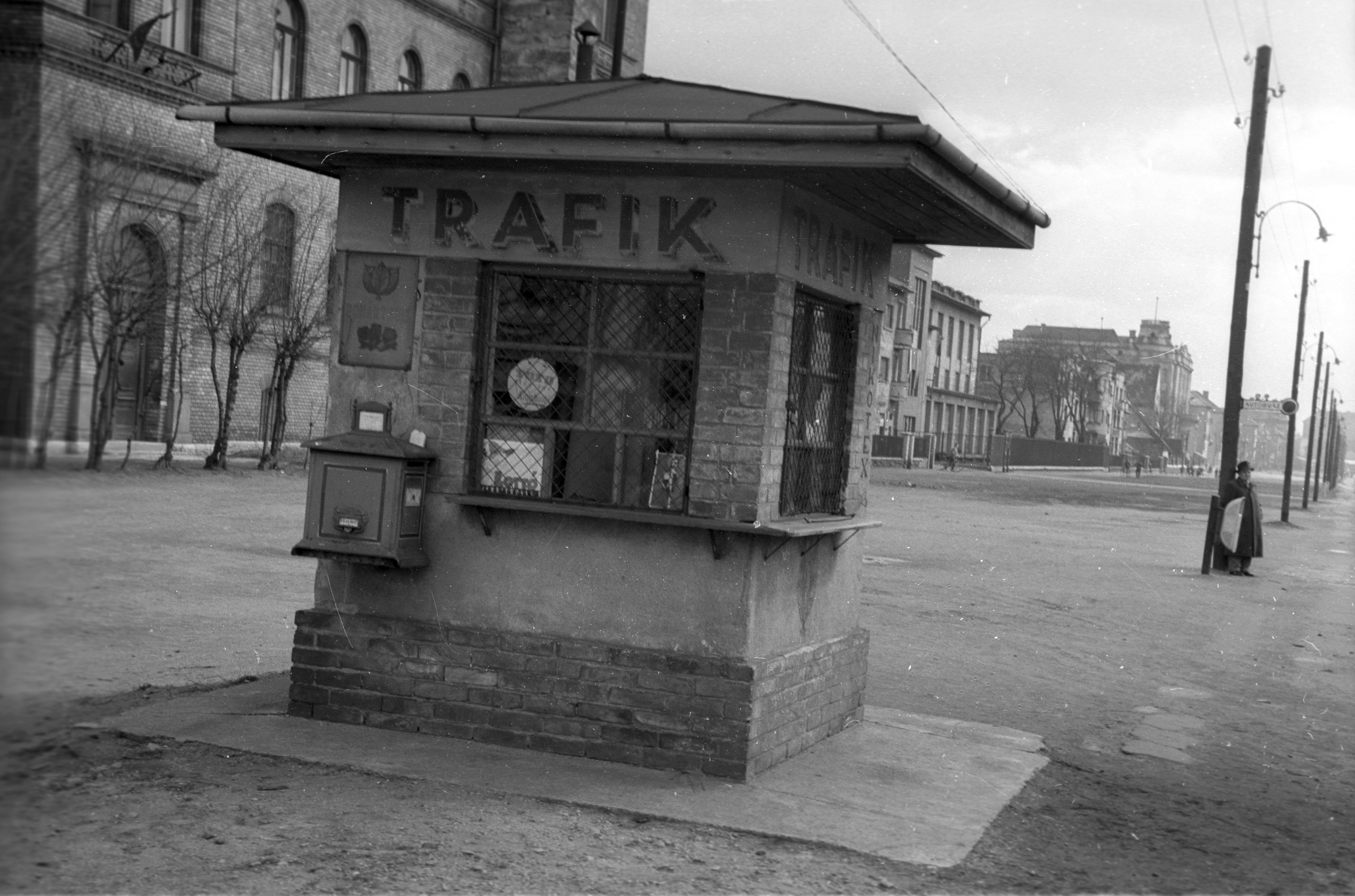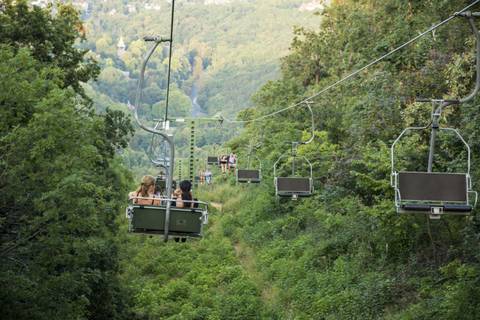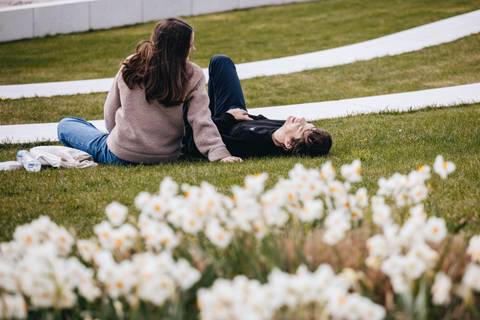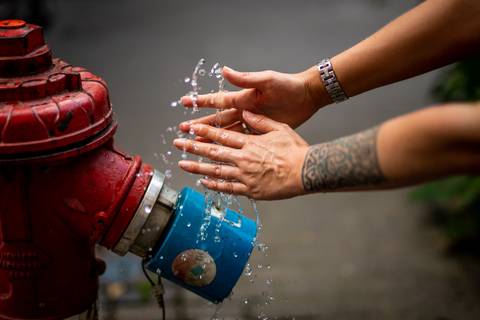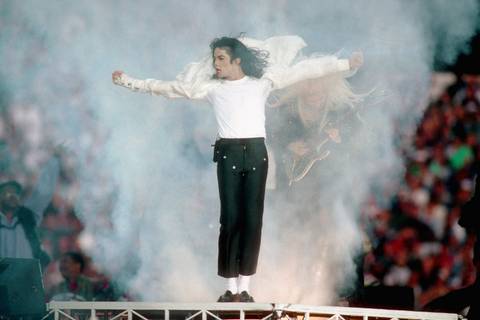Nostalgia is an emotion often felt by first-time visitors to Budapest. Despite the malls and new metro stations, charming old features remain, shopfronts, signs and kiosks. Yet many have disappeared, only visible today in archive photographs. Here are 12 of our favourites!
1/12
Milk halls and stalls
The ancestors of Budapest’s increasing number of breakfast places were milk halls and stalls. The middle-aged and especially the elderly can certainly recall their favourite. One of the most famous was the Budapest Central General Dairy Hall, established in 1915 by the merger of the Budapest Central Dairy Hall Co-operative and the Central Dairy Hall, both established in the 1880s. Dairy stalls enjoyed unprecedented popularity under Socialism, when the popular slogan went, ‘Drink milk for life, strength and health!’
2/12
Newspaper holders
Back in the day, any coffeehouse worth its salt would have a row of newspapers hanging up in individual holders, so that the incoming guest could flip through the pages with ease. The odd classier venue still uses them, an indication of the clientele they are appealing to – but most have since vanished.
3/12
Newsstands and newsboys
Nowadays, in the metro, at bus stations and train stations, all manner of newspapers and magazines line the shelves of French international chain Relay, with thousands of outlets around Europe. Clean and gleaming, they resemble an airport gift shop. In this they lack the character of the old newsstands that used to occupy every street corner. The vendors knew every rumour and item of gossip, and would be on first-name terms with specific journalists, setting aside a copy of that day’s Sport. Distributing the press in even earlier times were the so-called rikkancsok, the newsboys, who would brandish the day’s paper and bark ‘Read all about it!!’ and whatever the major story might be. After the change of régime in 1989, some newspapers tried to revive the institution, but it didn’t last long. Today, the rikkancs is immortalised with his own statue on the corner of Hild tér and Október 6 utca.
4/12
Pianists in cafés
It’s the classic image of pre-1989 Budapest: a smoky café, a besuited pianist tinkling the ivories, couples sipping coffee. The doyen of this noble profession was the legendary Tibor Sóos, who entertained regulars at the Kedves Eszpresszó, the Gerbeaud and the Napfény, not to mention the Fészek and the top hotels of the day. Able to play more than 1,000 tunes from memory, Tibi bácsi crossed paths with Leonard Bernstein in Vienna and Liz Taylor when celebrating her birthday. He even enjoyed a prestigious revival, hired a decade ago by the Spinoza on bustling Dob utca and the elegant Komédiás Kávéház in the theatre quarter. The last of a dying breed, Tibi could look back on 60 years of music-making, the role of the café pianist later usurped by Spotify and DJs.
5/12
Poppy and coffee grinders
Once upon a time, there were poppy and coffee grinders in every grocery store, supermarket and corner shop. For a child growing up in the 1970s, they looked like toy robots. It was even satisfying to hear them grind away, and see the coffee beans turn into brown powder. Today, with ground coffee and poppy seed sold everywhere, these machines have gone out of fashion.
6/12
Public scales
There was a time when people could weigh themselves on the street for just a few pennies. What ultimately caused the disappearance of street scales is not known exactly, probably a combination of people buying their own bathroom scales from department stores and a general trend towards privacy that discouraged locals from weighing themselves in front of everyone else.
7/12
Public toilets
Answering the call of nature is harder in Budapest than in other cities as so many public toilets have disappeared – and with them, the formidable WC-s nénik, whose palm you needed to cross with silver in order to breach the threshold. They say that modern public conveniences will be introduced around town at some point in the future – until that day, cross your legs and hope for best.
8/12
Shoeshines
It may seem menial today, but shoeshining was an institution here, an ordinary day job for many, kneeling before another customer to polish the dirt from their footwear. Those of higher status required a quick and professional spruce-up, and shoeshiners were also a great source of news and gossip. Today, smart shoes and information exchange have not lost their allure, but this streetwise profession carries with it too many negative connotations.
9/12
Stalls on wheels
Practical and aesthetically pleasing, stalls on wheels once sold snacks, sandwiches and soft drinks on station platforms across Budapest. Vendors used to roll their little pushcarts into place, do a day’s trading, then pack up and go home as if they had never been there in the first place. Today, they have long been replaced by gaudy shopfronts and cheap buffets, whose appearance spoils the eye even after everyone’s gone home.
10/12
Telephone booths
A well-located and well-designed telephone booth defines the image of any city. They just make the street look better. It is no coincidence that red British phone booths became iconic and copied worldwide. The first telephone booth appeared in Budapest in 1928, and there were times when serious queues snaked from each one, hard to imagine in our age of smartphones. Some booths still exist, though our technological advance will probably not bring with it contemporary versions of the telephone booth.
11/12
Ticket conductors
On buses in Budapest, the conductor both sold and checked tickets, a system still in place across much of the former Soviet Union. Here, they were phased out for the current arrangement of a driver and occasional random inspections. The old way worked much better, as you could only enter the vehicle and find your seat by passing the practised eye of the conductor. Bunking is a relatively modern-day sport.
12/12
Trafik
Untranslatable and quintessentially Hungarian, the trafik was a treasure trove of magic. A cornucopia of must-have goodies was displayed in its windows, sweets, lollipops, plastic soldiers, toy cars, anything that kids could point to and pester their parents for. Grown-ups patronised these little outlets for packets of cigarettes, lottery tickets and betting coupons, of equal allure and retro design. After such objects of desire became available at bigger, brighter stores elsewhere, trade at the trafik dropped off to such an extent that few now exist in Budapest.
